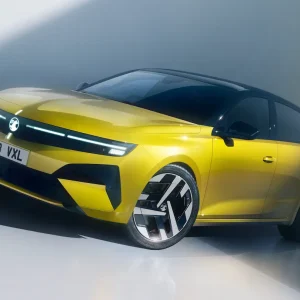The recent launch of Mini’s first genuine lower medium sector contender in the shape of the new Clubman is also a chance to reinvigorate the brand’s positioning, according to director or Mini UK title Chris Brownridge.
“There is not now the differentiation [in terms of being seen as trendy between Mini and other brands], so the Clubman is a Trojan horse to re-establish credibility with the audience; the target audience’s preferences have changed and the way we present the brand hasn’t changed,” he said. “As a brand, it’s time to reinvigorate how we position the brand and what better way than with the Clubman?
“We make great cars but we have rested on our laurels in communicating that,” Brownridge continued.
He also recognised the challenge in explaining that the new Clubman, launched earlier this month, is a larger car compared with the first-generation BMW Mini model in a different sector – moving from being a supermini to a lower medium rival to the VW Golf.
“This is an interesting car in a fairy cluttered segment and it stacks up well for us against the Audi A3, Mercedes A-class and VW Golf,” he said. “It drives well, is interesting and we’ve worked with the RV guys to spec it so that even if you don’t put anything on it then it’s still a cracking car.” Satnav and DAB radio are standard on all models.
Mini expects around 15-20% of Clubman registrations will be from the corporate sector, and the car will, along with the five-door hatch model launched just over a year ago, form a two-pronged assault on the corporate sector, with the five-door still being the dominant seller.
This year, Mini expects around 10,000 business registrations, which it said is 15% of total volume, a figure that in the long term could rise as high as 25%, although Brownridge still expects it to stay primarily a retail brand.





